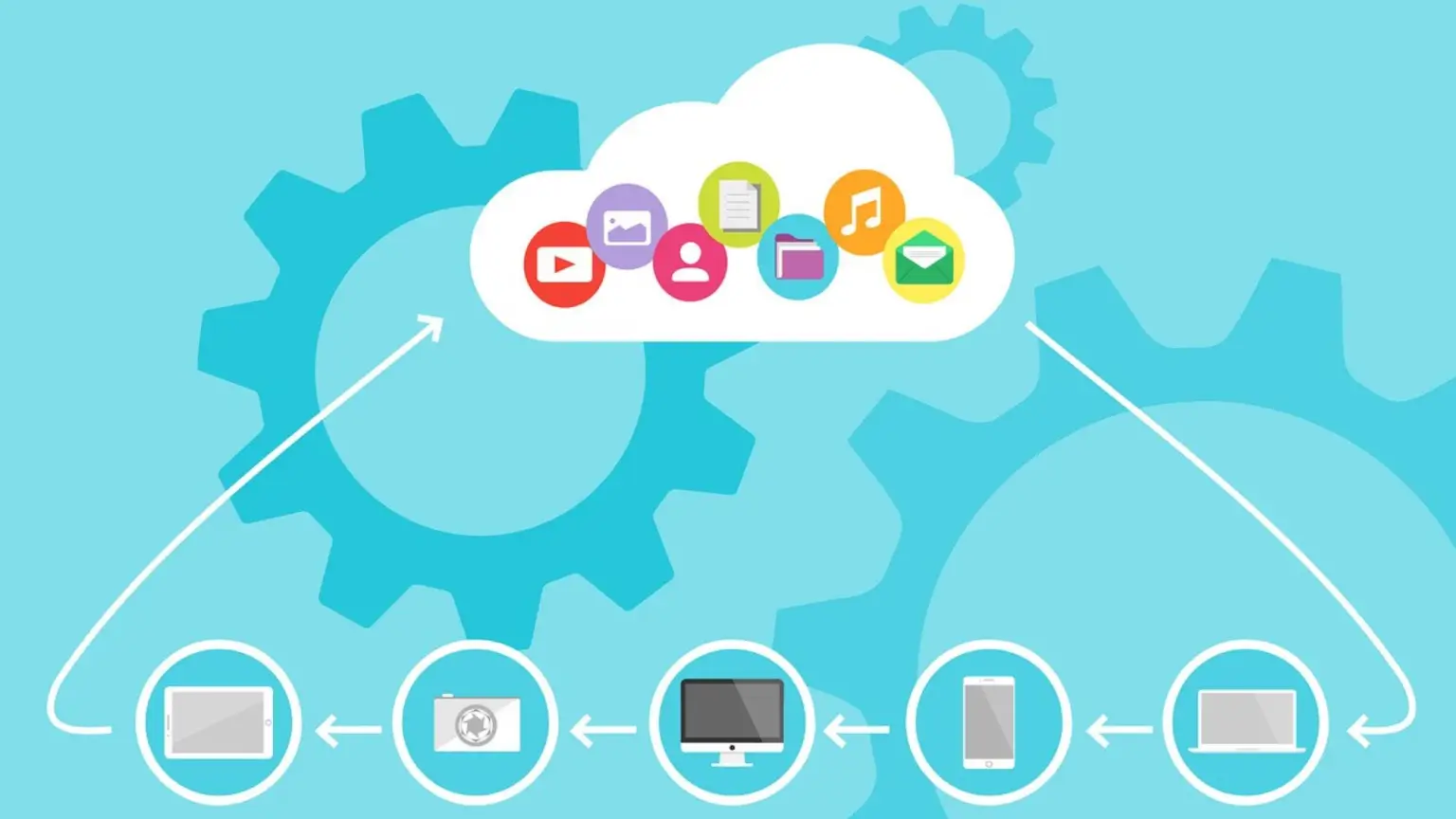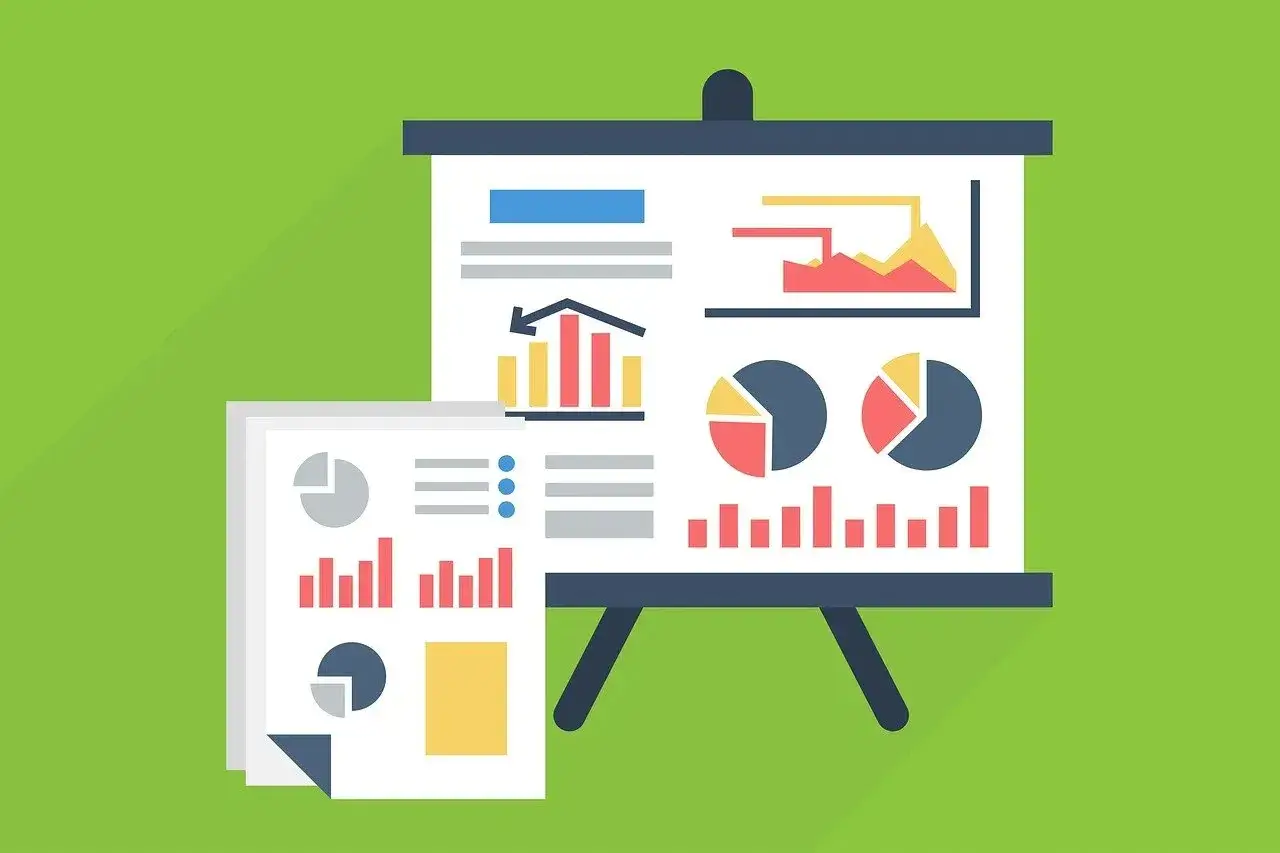
Introduction
“Big Data” isn’t just a buzzword anymore.
The past few years have displayed a marked shift in synthesizing and utilizing external data in the world of business. Truth be told, data analytics consulting has become a necessity.
The businesses that earlier had an imploratory approach towards data are now venturing out, exploring external information for insights that could inform their own business strategies.
The power of BI for data analytics has now become the flagbearer of growth; the more accurate it is, the better the strategies would be.
Believing the figures reported by Finances Online, 63% of the responding companies attribute improved internal efficiencies to data analytics, while 57% agree that it helps make effective decisions.
It is now a unanimous consensus that external data should be harnessed to inform business strategies with high-quality insights. Let’s explore why and how.
Albeit through a globe-shattering pandemic, the world realized the importance of operational and functional agility, giving rise to a digital revolution.
Businesses were the frontrunners of this digital transformation wave, innovating and assimilating new technologies that allowed them to operate under pressing circumstances…using data.
The online interactions businesses created with the outside world resulted in digital footprints loaded with external information. Understanding the impact of this data on the business at scale could inform growth and improvement strategies.
Not surprisingly, the exact opposite of this statement was also true. Seeing how quickly some businesses were able to adapt to the New Normal by leveraging digital transformation, the competitors saw a pressing need to push ahead.
McKinsey reports that such organizations treated their data as a “business asset” to accelerate their digital adoption and transformation, in addition to the contributions it had towards growth and rising revenues.
The report also concluded that high-performing, data-forward organizations are 3 times more likely to admit their EBIT is better due to data analytics consulting initiatives.
The wave of digital transformation has made data ubiquitous. To stay in the competition and move ahead today mandates leveraging external data for business insights.
The pandemic has been a huge driver of the change in perspective in the case of internal and external data.
Earlier, businesses would focus more on improving internal efficiencies and throughput as the central strategy to achieve goals and growth. However, the change in user behavior has compelled these businesses to look outside their windows.
Older models of demand-supply prediction don’t hold good anymore. Consumer behavior has transitioned: they don’t go to businesses any longer. Businesses come to the consumers.
This paradigm shift makes it necessary to utilize the wealth of insight that external data can provide with regards to targeting the right audience and finetuning the business operations accordingly.
In fact, most of the useful data today is available publicly on sources, like data.gov, that sometimes leverage the services of the best data warehouse companies.
One glass manufacturer in the US made particularly genius use of this external data. In an endeavor to search for new avenues for the business, they looked up crime data on public resources aiming to pinpoint the areas that would need glass repairs.
The insight allowed them to keep teams and resources ready to be mobilized at the nearest outlet, enabling them to provide expedited services for emergencies.
Another instance displays the use of publicly available data in real estate agencies. By accessing property listings, real estate brokers are able to price and negotiate their own properties for high returns.
The necessity of digitalizing business operations today has compelled organizations to be data-first in their approach. In fact, both go hand-in-hand: a company cannot digitalize effectively without the proper data architecture in place. Conversely, in order to create a repository of accessible, usable data, digitalization is necessary.
About seven years ago, when the CEO of Cisco (John Chambers) retired, he delivered a dire prediction in his final address as a Cisco official.
He said that over one-third of the businesses wouldn’t survive to see the next ten years if they don’t adopt digitality and its peripheral technologies.
His statement has come true today; companies like Kodak, the talk-of-the-town in the 20th century, ended up announcing bankruptcy in 2012. A series of unfavorable decisions, in addition to the lack of keeping up with the latest trends, led to the brand’s demise.
The trend that governs the businesses of today is data intelligence and its technologies. Artificial intelligence, machine learning for business insights, Natural Language Processing, and similar tools are in rapid adoption in the race to stay ahead of the competition – and the competition is tougher today than it ever was.
A Statista report highlights that the market for artificial intelligence is predicted to grow by 120% annually (2021 to 2025). This goes to say that enterprises around the world would increasingly use AI and allied technologies to “understand” the data they collect in better and more informative ways than ever before (consequently, this translates into good business for the best artificial intelligence companies).
If your business isn’t into data-tech already, it is high time to transform.
Regardless of the need for data gathering and processing, organizations today must maintain a clear picture of their goals and purposes from the information they glean.
Merely acquiring data isn’t fruitful unless it is able to deliver insights that inform your strategies targeted towards achieving goals.
To survive and thrive, businesses must go the extra mile and create workflows that incorporate the useful aspects of both – traditional data modeling and contemporary data science – in tandem. Insights resulting from a combination of data processing techniques serve as a corrective measure as well.
Data underpins smart workflows that enable organizations to stitch together seamless and streamlined internal processes.
At its core lies a well-proportioned mix of AI-enabled automation and traditionally defined protocol of operation. The direct advantages of repurposing internal data constitute improving customer experiences, redesigning organizational workflows, empowering employees, and improving productivity.
Organizations must focus on harnessing the right set of internal data to feed to inform their cognitive computing systems for the best results.
For achieving an optimally functioning machinery for your organizational processes, it thus becomes important to gather and orchestrate your data right. The “how” depends on what best fits the needs of your organization. This might be the right time to look up a few top data engineering companies.
Trends change with time. They herald in new methodologies, technologies, mechanisms, and ways to do things better.
The pandemic triggered an accelerated trend to go digital; like an unavoidable attachment, the trend to harness data seems to have followed along as a necessity to properly utilize the power of digitalization in terms of insight discovery through data science.
Pertaining to Data, the following five trends are key today to remaining relevant to consumers and surviving yet another evolutionary sweep:
Up until recently, all major businesses around the world were in talks about Big Data and analytics. That trend is soon hitting a plateau, and the very same businesses have now begun to explore the next stage.
Surprisingly, in response to the consumers’ demands, organizations seem to be gravitating back to the roots: Small Data.
The volume of data that is manageable, processable, understandable, and thoroughly focused on a set of business goals is Small Data.
Small data highlights the human-centered insights from the larger bits, enabling organizations to work on the customer front backed with solid analytics.
All the technological implements a business deploys today must work in tandem to create a data ecosystem that the business can scale up or down depending on the task at hand.
Businesses are increasingly paying attention to data models and management that enables them to tweak and scale data inflow and output. Furthermore, data migration to top data warehouse companies has already begun.
Digitality of things has also given rise to cybersecurity concerns. Data – as important as it is today – needs to be guarded.
One of the offshoots of the data trend is the increased investment in cybersecurity. Mordor Intelligence reports that this market is expected to grow at a compounded annual growth rate of 13.37% and reach a value of $317.02 billion by the end of 2027.
A lot of factors today work in combination to encourage businesses to host their data on clouds.
The cost savings in real estate and IT maintenance, the improved flexibility in data access, and better models for data governance and security are just a few reasons businesses are moving their databases to clouds.
Data is good for informing business strategies for the present. However, many businesses are taking it beyond the immediate timelines by employing predictive analytics.
Leveraging historical data and current trends to extrapolate for insights into the foreseeable future, the best analytics companies now provide predictive analytics that allow businesses to plan resource allocation accurately.
This especially applies to the industries in eCommerce that need reliable predictions on consumers’ shopping volumes to plan their inventories.
You can say that data has become a true asset for a business today. Right from helping improve internal processes to driving consumer loyalty, from compiling historical patterns to generating comprehensible future insights, data is at the core of every business process.
It is more important now than ever to bring your business to a position that enables data harnessing, processing, and utilization in the most efficient way possible. The best data science companies can provide you with this essential toolset you need for growth.

Data modernization and cloud migration are two trends that are...

As the world progresses into a digital-friendly environment, businesses, too,...

In the digital age, data has become the lifeblood of...

In a world of evergrowing marketing and businesses swinging up...

In today's fast-paced business landscape, companies are inundated with an...

Financial auditing is essential for businesses to assess the accuracy...

With data being present everywhere, it would be safe to...

Data breach incidences are commonplace in today’s business landscape, with...
